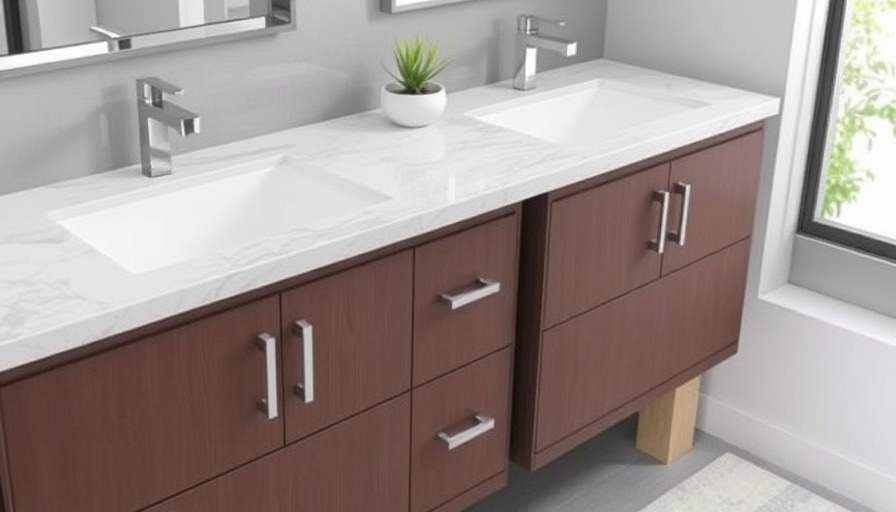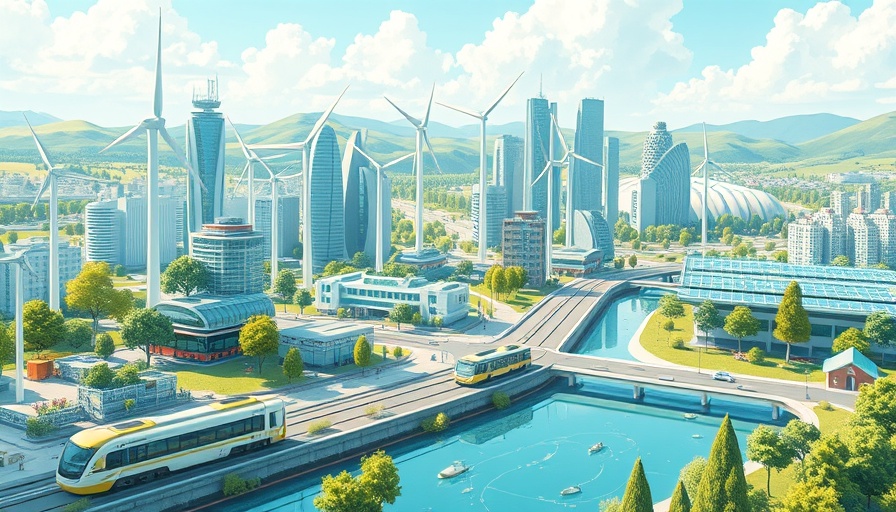
Understanding the Value of Choosing the Right Material for Bathroom Vanities
When it comes to bathroom design, choosing the right materials for your vanity can significantly impact both aesthetic appeal and longevity. Bathroom vanities without tops offer an added layer of flexibility, allowing consumers to select countertops that match their distinct style and preferences. Among the various base materials available, understanding their resilience is crucial, particularly in environments exposed to moisture and fluctuating temperatures.
The Importance of Resilience in Bathroom Vanities
Bathrooms are unique environments characterized by consistent exposure to water, humidity, and temperature changes. Therefore, a vanity base must be able to withstand these conditions without deterioration. Choosing a resilient material not only ensures your investment lasts longer but also helps maintain the original functionality and appearance of the bathroom over time.
A Comprehensive Look at Common Materials
Let’s delve into the most widely used materials for bathroom vanities without tops, analyzing their strengths and weaknesses to determine which ultimately offers the best resilience.
1. Solid Wood: A Classic Yet Very Demanding Choice
Solid wood remains a popular choice for bathroom vanities thanks to its durability and visual appeal. The various hardwoods like oak, maple, and teak provide strength, longevity, and versatility.
Advantages:- Strength and Longevity: Hardwoods can last decades when properly maintained.
- Natural Beauty: Adds warmth and character, enhancing bathroom aesthetics.
- Customizable: Wood can be stained or painted to match your specific design preferences.
Disadvantages:
- Moisture Sensitivity: If not sealed properly, wood can warp or swell in humid conditions, making it less than ideal for bathrooms.
- Cost: Solid wood tends to carry a premium price tag, which can be a hurdle for budget-conscious homeowners.
2. MDF (Medium-Density Fiberboard): Economical and Practical
MDF has grown to be a popular option due to its affordability and smooth finish, making it perfect for modern vanity designs.
Advantages:- Cost-Effective: Significantly cheaper than solid wood.
- Ideal for Paint: Its smooth surface allows for excellent finished appearances.
- Resistance to Cracking: Unlike solid wood, MDF is less susceptible to warping even in humid conditions.
Disadvantages:
- Vulnerability to Water Damage: While it does resist warping, MDF can swell and lose integrity if exposed to excessive moisture for long periods, necessitating careful management of water exposure.
3. Plywood: The Middle Ground
Plywood presents a useful compromise between solid wood and MDF. Made from thin layers of wood veneer, it offers certain advantages while mitigating some of the weaknesses inherent to solid wood.
Advantages:- Structural Stability: Plywood is less likely to warp than solid wood.
- Cost-Effective: Although a bit pricier than MDF, it is typically less expensive than solid wood while offering similar visual appeal.
- Versatile: Can be finished to resemble solid wood, providing a balance between aesthetics and function.
Disadvantages:
- Water Damage Risk: While it is relatively stable, exposure to water can cause delamination at the edges if not sealed correctly.
Actionable Insights: Selecting the Right Vanity Material for Your Bathroom
When deciding on a vanity base, prioritize materials that align with your functional needs and the specific environment of your bathroom. For instance, if your bathroom has consistent high humidity, consider opting for MDF or plywood over solid wood to minimize maintenance costs and ensure durability. Additionally, investing in proper sealing and maintenance can extend the lifespan of the selected material, ensuring your vanity remains both beautiful and functional. Your choice reflects not only your personal style but also your commitment to sustainable practices by selecting reliable and environmentally friendly options.
Final Thoughts
Deciding on the right material for bathroom vanities without tops requires a balance between style, resilience, and maintenance. A thorough understanding of how different materials perform under bathroom conditions arms homeowners with essential knowledge to make informed decisions. As trends in eco-friendly and sustainable designs gain momentum, understanding the interplay between materials, their resilience, and environmental impact will shape future selections in home design.
 Add Row
Add Row  Add
Add 




Write A Comment